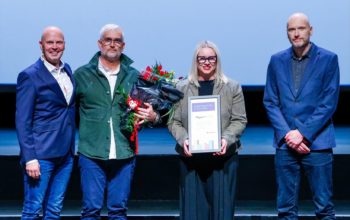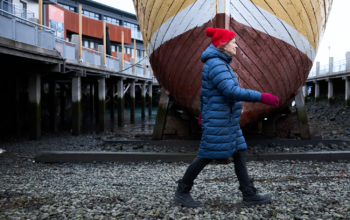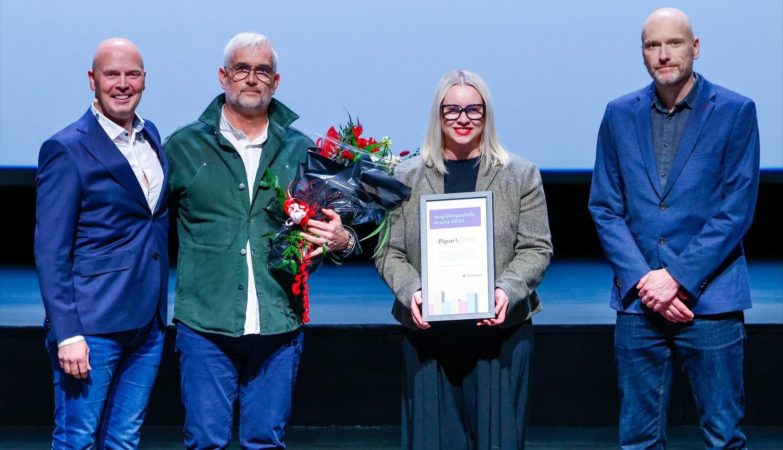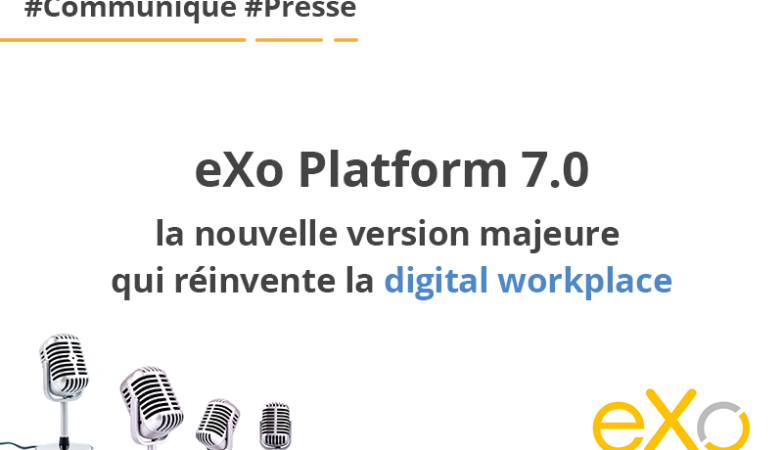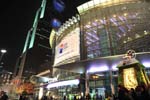 The smooth execution of last November’s G20 Seoul Summit was the result of months of preparation and cooperation between the city of Seoul and COEX, a premier convention center in Seoul and the venue for the summit. A recent report released by the center highlights the ways in which its team worked to ensure the conference was secure, green, and seamlessly organized. The careful planning reflects the research and measures taken to avoid the common mishaps that occur at G20 events. Prior to and during the summit, concerted efforts by the Seoul Metropolitan Government and the Seoul Tourism Organization also helped over 20,000 G20 related visitors further enjoy their overall experience in the Korean capital.
The smooth execution of last November’s G20 Seoul Summit was the result of months of preparation and cooperation between the city of Seoul and COEX, a premier convention center in Seoul and the venue for the summit. A recent report released by the center highlights the ways in which its team worked to ensure the conference was secure, green, and seamlessly organized. The careful planning reflects the research and measures taken to avoid the common mishaps that occur at G20 events. Prior to and during the summit, concerted efforts by the Seoul Metropolitan Government and the Seoul Tourism Organization also helped over 20,000 G20 related visitors further enjoy their overall experience in the Korean capital.
Preparation for the event began almost a year in advance with a team of 12 COEX employees assigned to work exclusively on summit preparations. They were aided by a task force of over 40 people. A plenary summit hall, a large leader’s lounge, and several 33-seat halls were built to accommodate the complex security, translation, and entry and exit requirements for the attending world leaders. To meet every leader’s security needs, COEX paid meticulous attention to detail and even renovated the bathrooms in COEX’s Hall D to meet security concerns. Also a large press center and lounge were constructed and hosted by COEX, to serve over 4,500 reporters and broadcasters from around the world covering the event around the clock.
Security and safety concerns meant much of COEX’s preparations were behind-the-scenes. For example, heads of state and other leaders actually entered COEX without any public exposure by means of restricted, underground parking lots. After exiting their respective vehicles, VIPs were able to safely access exhibition halls via loading docks that were beautifully renovated to accommodate red carpets and colorful Korean gardens to welcome the world leaders.
During the week of the summit, the Korea national government dispatched 50,000 members of the police force from around the nation to patrol hotels, roadways, and subway stations. Though, the security measure that received most of the press attention was the three lines of fencing erected to carefully monitor foot traffic around the summit venue. Foot traffic not associated with the event or businesses inside was not permitted within the second fence, and the 2-meter-high inner fence was composed of bulletproof glass at its apex.
In anticipation of the 20,000 international visitors to Seoul in and around the G20 period, the city of Seoul increased the number of special foreigner taxis to 500 early in 2010, and 15 electric buses were operated in the vicinity of the event. On both days of the summit, 12 and 14 lane roads around COEX were partially or completely closed down, and Samseong Subway Station (which services COEX Mall) was also shut down.
Over 5,000 volunteers, of which most spoke at least one foreign language, assisted visitors at the city’s major subway stations and 165 major bus stops. Special support centers were made available in the city’s top 75 hotels, where delegates and other officials were expected to stay. The facilities offered special tourism programs to help the visitors enjoy Seoul’s various tourism options during their visit. The city of Seoul also expanded the 120 Dasan Call Center by creating a foreign-language department. The call center is a free general information hotline originally set up for Korean citizens in 2007.
The schedule for the G20 Seoul Summit provided little downtime for the many press, politicians, and other business tourists in Seoul during the week in which it was held. To accommodate their schedules, the Seoul Convention Bureau (SCB) also launched a series of special familiarization tours before and during the event that were specifically designed for these busy travelers. The SCB also distributed a booklet entitled ‘Seoul G20: the Capital’s Greatest 20 Experiences’ complete with a CD of attractive Seoul photos to help travelers experience as much of the city as they possibly could during their stay in the capital (to acquire a copy of the booklet, please contact mice@seoulwelcome.com).
In regards to the SCB’s services during the G20 Seoul Summit, Vice-President of the SCB Maureen O’Crowley said, “The convening of a G20 Summit here in Seoul was a source of great pride for all of Korea and required tremendous teamwork to ensure its success. The Seoul Tourism Organization proudly contributed to those efforts by extending a warm welcome to our summit visitors and creating tours to give them a glimpse of the vibrant Korean capital and a chance to experience Korean hospitality during their stay.”
To read more about COEX’s report on their G20 Seoul Summit Preparation, please visit: http://www.miceseoul.com/stories/news.html?code=83
The Seoul Tourism Organization is a joint venture launched by the city and private enterprise in February 2008 with a core mission to promote Seoul as a convention and tourism destination. The Seoul Convention Bureau, a division of the STO, represents Seoul’s meetings industry and business tourism interests.
For more information, please contact Alex Paik of the Seoul Tourism Organization on 82-2-3788-8160 or email to alex@seoulwelcome.com; or Ben Jordan on 82-2-3788-8150 or at ben@seoulwelcome.com. Log onto our website at www.miceseoul.com or visit us on www.facebook.com/miceseoul and www.twitter.com/miceseoul.

